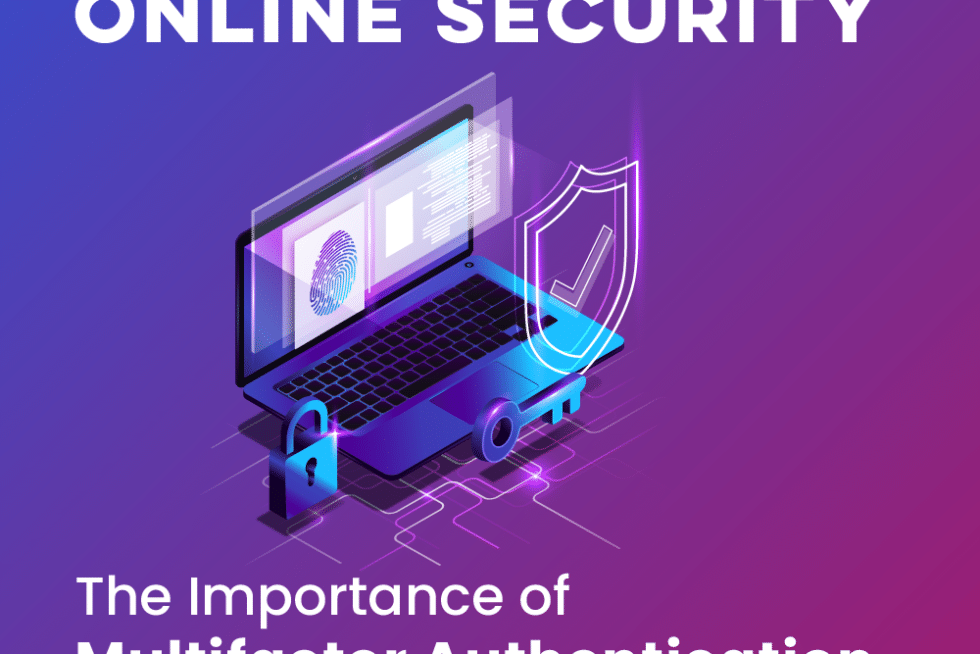Welcome to week two of Cyber Security Awareness Month! Today, we want to talk to you about a topic that is often overlooked but extremely crucial: multifactor authentication (MFA).
So, what exactly is multifactor authentication?
Well, it’s a security measure that goes beyond the traditional username and password combination. MFA adds an extra layer of protection by requiring users to provide additional pieces of evidence to verify their identity. These additional factors can include something you know (like a password), something you have (like a mobile device), or something you are (like a fingerprint or face recognition).
Now, you might be wondering why MFA is important. The answer is simple: passwords alone are no longer enough to protect sensitive information. With the rise in cyber threats and data breaches, it has become increasingly crucial to have robust security measures in place. Weak or reused passwords are easily cracked by hackers, leaving your personal information and online accounts vulnerable.
By implementing MFA, you significantly increase the security of your online accounts. Even if someone manages to guess or steal your password, they would still need access to your second factor (e.g., your smartphone) to gain entry. This extra layer of protection makes it incredibly difficult for unauthorized individuals to access your accounts.
Now that we understand the importance of MFA let’s dive into some best practices for implementing this security measure effectively:
- Enable MFA wherever possible: Whether it’s your email account, social media profiles, or banking apps – enable MFA wherever it’s available. This ensures that even if one account gets compromised, others remain secure.
- Use different authentication methods: Opt for multiple authentication methods whenever possible. For example, use a combination of SMS-based codes and authenticator apps for added security.
- Regularly update your contact information: Make sure your phone number and email address associated with your accounts are up to date. This ensures that you receive MFA prompts and notifications promptly.
- Be cautious with recovery options: While it’s important to have backup recovery options, such as security questions or backup codes, be careful about how you store them. Avoid saving them on your device or in easily accessible locations.
Now, let’s talk about the best authentication apps out there:
- Google Authenticator: This is a popular choice for many users due to its simplicity and compatibility with a wide range of services.
- Microsoft Authenticator: If you’re heavily invested in Microsoft’s ecosystem, this app provides seamless integration across their platforms.
- Authy: Known for its user-friendly interface and robust security features, Authy is a great option for those looking for additional customization options.
So now that we’ve covered the importance of MFA and shared some best practices and authentication app recommendations, how can One Click Technology Group (OCTG) help?
We understand the significance of cybersecurity in today’s interconnected world. Our team of experts can help you implement multifactor authentication into your web applications or websites seamlessly.
With our expertise in developing secure web applications and designing user-friendly interfaces, we can ensure that your users have a smooth authentication experience while providing them with an added layer of protection against unauthorized access.
Don’t wait until it’s too late! Protect yourself and your online accounts by implementing multifactor authentication today. Reach out to OCTG to learn more about our services and how we can help safeguard your digital presence.
Remember, when it comes to cybersecurity, it’s better to be proactive than reactive. Stay safe online!



